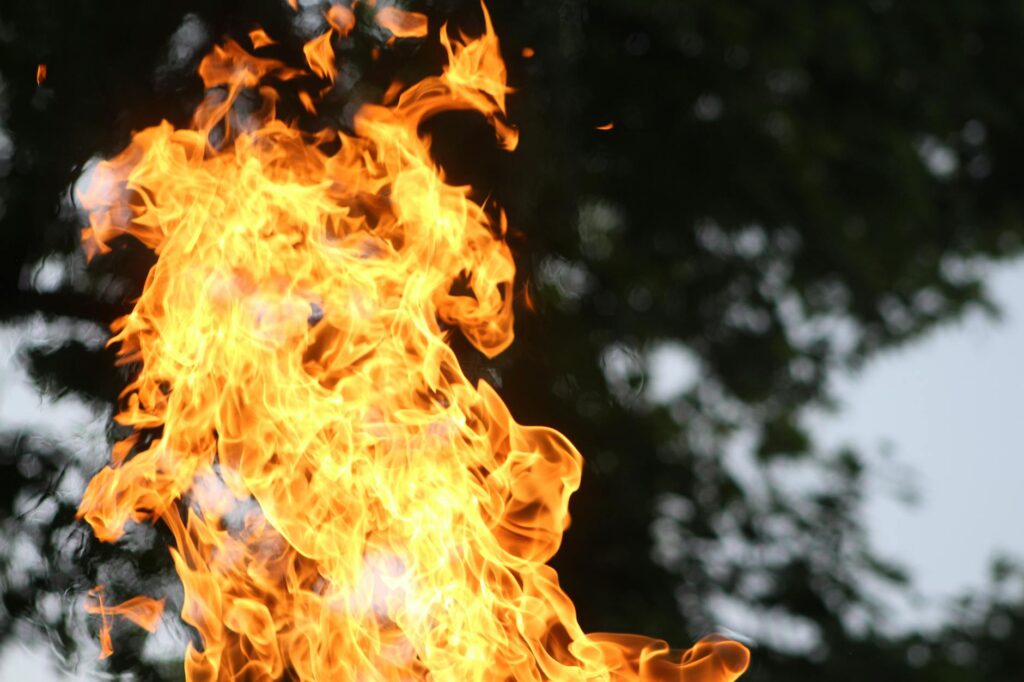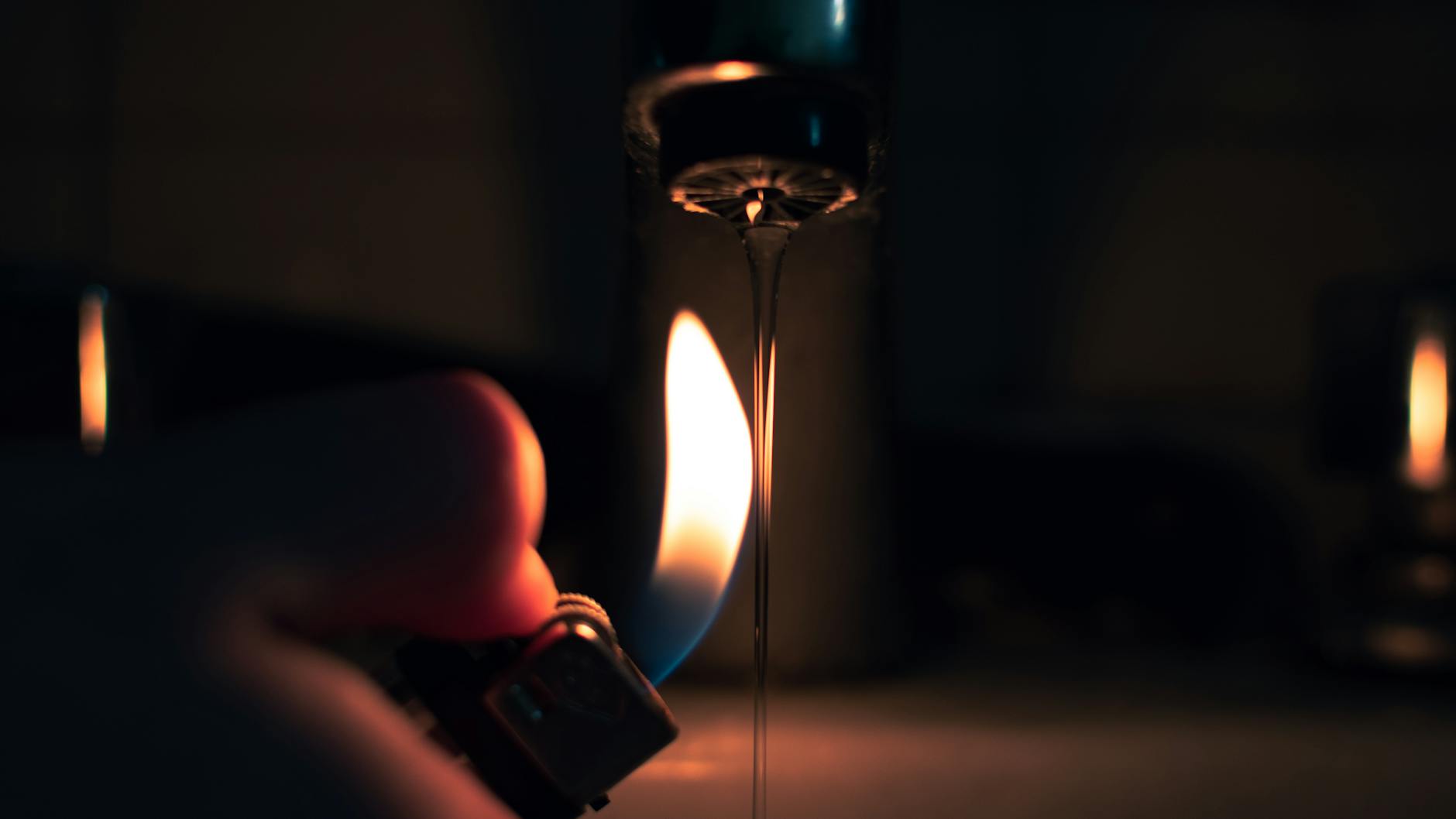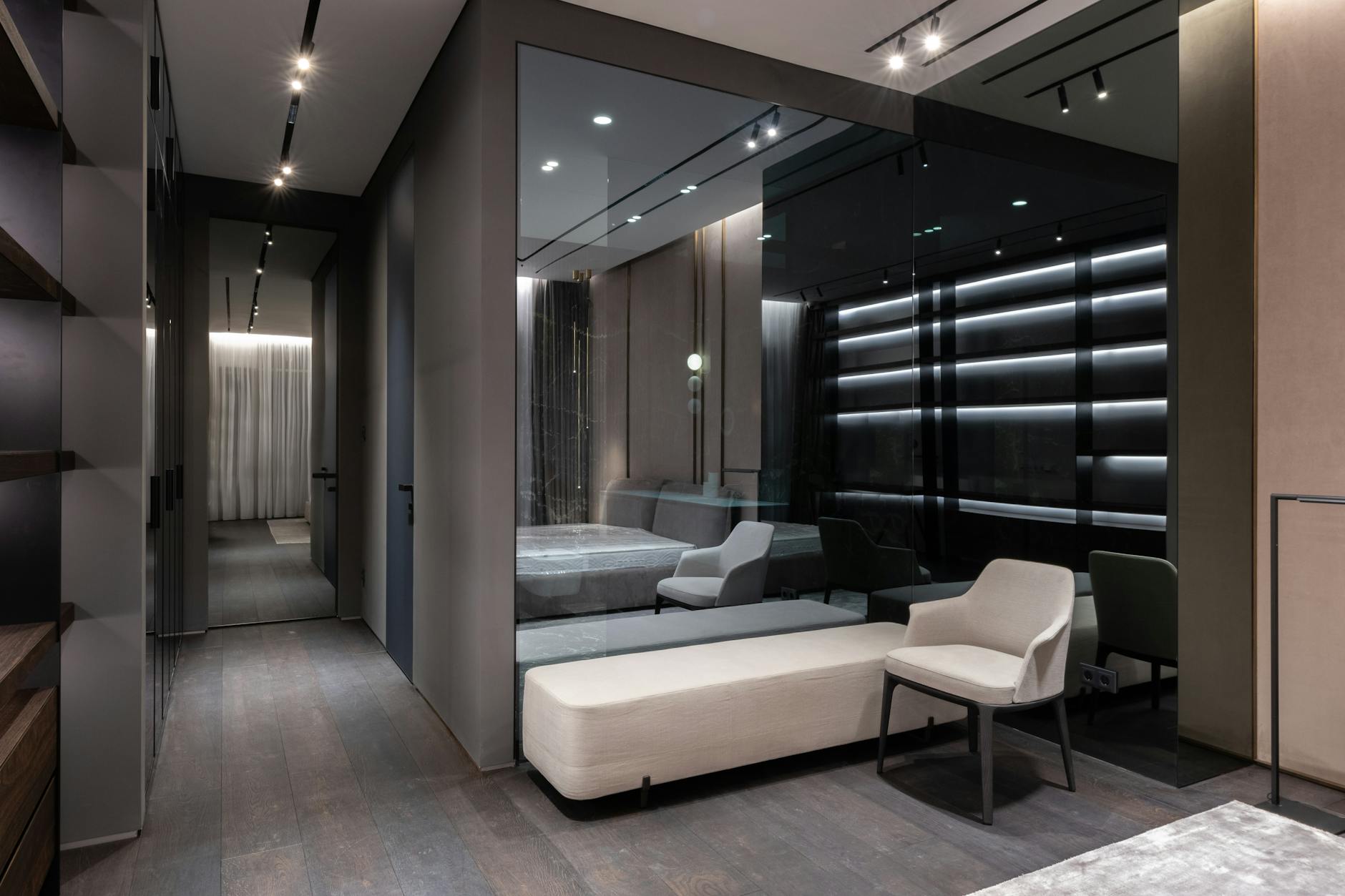Many people embrace LEDs for their energy efficiency and long lifespan, often accompanying the belief that these modern illuminators don’t emit heat. However, this is a myth that we’re here to debunk, exploring the integral role of heat sinks in managing the warmth LEDs do generate and why understanding this is essential for both consumers and designers alike.
The Reality of LED Heat Production
Contrary to popular belief, LEDs do generate heat, but unlike incandescent bulbs, the heat is not emitted as infrared radiation in the light beam. Instead, it’s concentrated within the LED itself, which can become quite hot during operation. This misunderstanding stems from the LED’s cool touch, as most of the heat is directed away from the light’s surface.

Why Heat Management is Crucial
Effective heat management is paramount for LEDs because excessive temperature can drastically reduce their lifespan and efficiency. This is where heat sinks come into play, designed to dissipate heat and maintain optimal operating conditions.

The Function of Heat Sinks
Heat sinks are essentially passive heat exchangers that manage an LED’s thermal conditions by spreading out the heat and allowing it to dissipate into the surrounding air. They’re a fundamental component in extending the life of an LED.
Types of Heat Sinks
There’s a variety of heat sink designs available, each tailored to specific needs and applications. From pin fin and plate fin to the more complex vapor chamber technology, choosing the right type is key to effective heat management.
Installation and Maintenance
Correct installation of heat sinks is critical for their functionality. This often requires professional fitting to ensure adequate contact with the LED device for efficient heat transfer. Maintenance involves regular cleaning to prevent dust buildup, which can insulate the heat sink and reduce its efficacy.
The Misconception of LED Efficiency
While LEDs are indeed more efficient and have a longer lifespan than traditional bulbs, neglecting their thermal management can minimize these benefits. Understanding that LEDs do get hot but manage this heat differently is essential for maximizing their potential.
Advancements in LED Technology
Advancements in LED technology continue to improve efficiency and heat management. Innovations in materials and design, such as advanced thermal adhesives and heat sink technologies, enhance the performance and reliability of LED lighting solutions.
In conclusion, the myth that LEDs don’t get hot is a widespread misconception. Effective heat management through the use of heat sinks is critical to ensuring the longevity and efficiency of LED lights. By understanding the realities of LED technology and its requirements, consumers can make more informed choices, leading to better performance and durability of their lighting solutions.
Frequently Asked Questions
Do all LED lights need a heat sink? Yes, all LEDs generate heat and require some form of heat management, predominantly heat sinks, to ensure longevity and performance.
Can heat damage LEDs? Excessive heat can significantly reduce the efficiency and lifespan of an LED by causing material degradation or outright failure.
How often should heat sinks be maintained? The maintenance schedule can vary, but it’s generally suggested to check and clean heat sinks at least once annually to prevent dust buildup.
Are there LED lights that don’t get hot? All LEDs generate heat, but the efficiency of their heat management systems can vary. No LED can function without producing some heat.
Can improper heat sinking reduce the lifespan of an LED? Yes, without adequate heat sinking, LEDs can overheat, leading to diminished light output and reduced lifespan.




